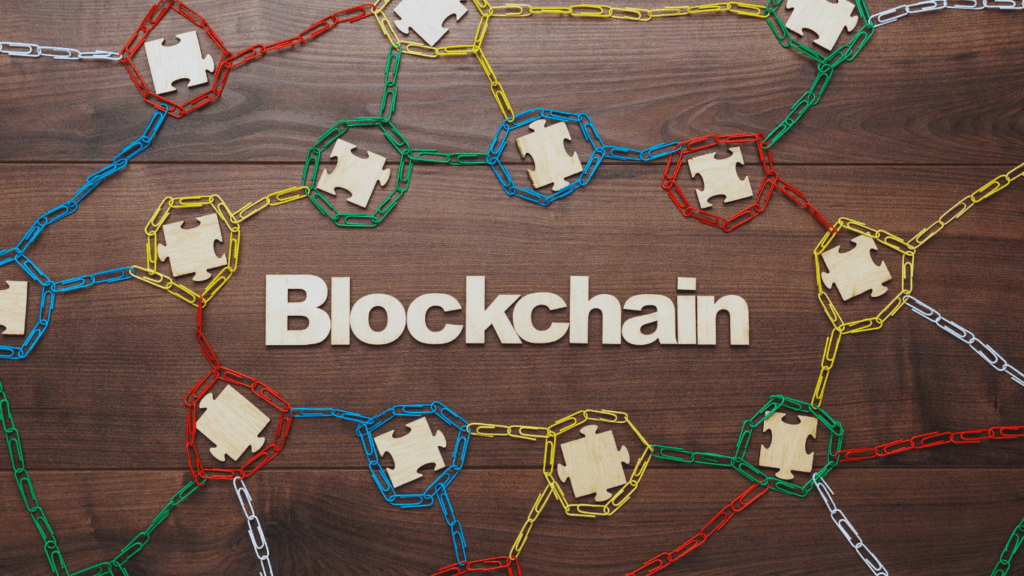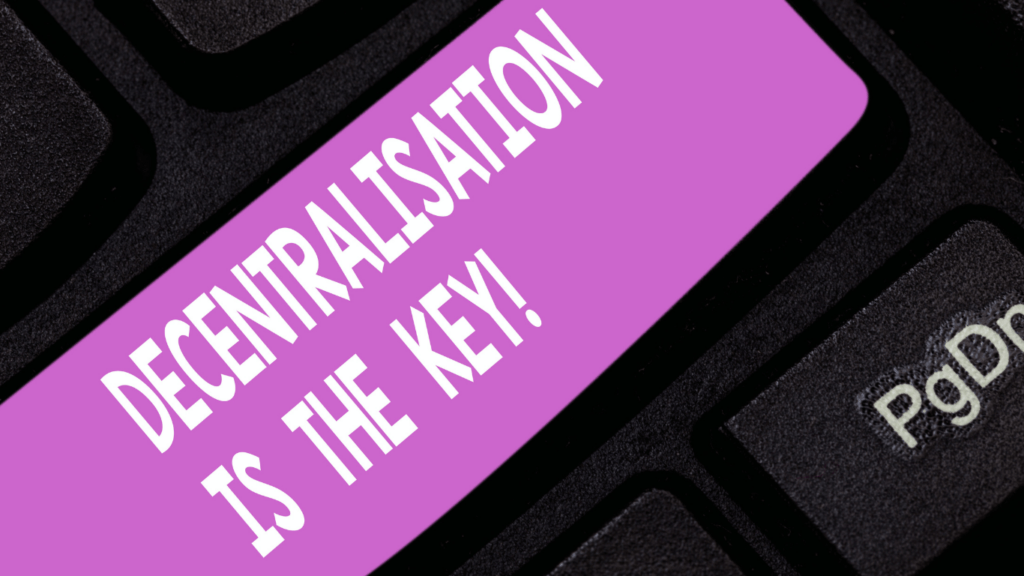The creator economy’s booming like never before, with artists, writers, and innovators finding new ways to connect with their audiences. But as exciting as this shift is, creators often face challenges like unfair revenue splits and lack of control over their work. That’s where blockchain steps in, offering game-changing solutions to empower creators and revolutionize how they earn and share their content.
Understanding the Creator Economy
The creator economy represents a digital ecosystem where individuals monetize their skills, creativity, and content directly. Platforms like YouTube, Twitch, and Patreon support this model, enabling creators to engage audiences without traditional intermediaries.
What Is the Creator Economy?
The creator economy refers to a marketplace driven by independent creators who produce and share content, artworks, and innovations. These creators earn income through channels such as:
- subscriptions
- merchandise sales
- ad revenue
- sponsorships
Social media platforms and content-sharing networks act as the foundation of this economy, connecting creators and audiences globally. According to SignalFire, over 50 million individuals identify as creators worldwide, with 2 million actively pursuing it as a full-time profession.
Challenges Faced by Creators
Many creators struggle with revenue distribution and ownership of their work. Centralized platforms take significant cuts, ranging between 20% and 50%, which limits creators’ earnings. Control over content often resides with the platform, leaving creators vulnerable to censorship or unexpected policy changes. Navigating discoverability is another issue, as algorithms favor high-traffic creators, making it difficult for newcomers to find audiences. Additionally, inconsistent payment structures and reliance on intermediaries hinder financial independence, creating barriers to sustainable growth.
The Role of Blockchain in the Creator Economy
Blockchain technology introduces innovative solutions to address issues faced by creators. It enables direct connections with audiences, fair compensation, and greater autonomy over creative work.
Decentralization and Ownership
Blockchain enables decentralization, removing intermediaries from the creator-audience relationship. Through tokenized assets like NFTs (non-fungible tokens), creators can retain ownership of their digital work, enabling them to monetize directly. For example, a digital artist can sell their work as an NFT and maintain full rights while earning revenue from secondary sales. This system ensures creators control their assets, unlike centralized platforms where content is subject to external regulations or censorship.
Transparent Transactions
Blockchain ensures all transactions are transparent and verifiable on a public ledger. This creates trust between creators and consumers since every exchange or payment is permanently recorded. For instance, fans supporting their favorite musician through blockchain-based crowdfunding can see exactly where their contributions go. Transparent systems also reduce fraud risks, allowing creators to receive payments promptly and securely.
Smart Contracts and Royalties
Smart contracts on blockchain platforms enable automated revenue distribution based on predefined terms. Creators can program royalties directly into these contracts, ensuring they receive a percentage from every secondary sale of their work. Musicians, for instance, can use smart contracts to gain ongoing royalties from songs resold on various platforms. This eliminates reliance on third parties to manage royalty payments, increasing earnings while reducing administrative costs.
Key Benefits for Creators

Blockchain is transforming the creator economy by offering innovative solutions that enable creators to maximize earnings, maintain control of their work, and reach a global audience. Here’s how it benefits creators:
Enhanced Monetization Opportunities
Blockchain provides new ways for creators to monetize their work through tokenization and decentralized platforms. By issuing NFTs, I can sell unique digital assets directly to fans. For instance, artists can sell limited edition digital artworks or musicians can release exclusive tracks as NFTs. Additionally, crowdfunding through blockchain-based platforms allows me to raise funds while offering investors fractional ownership or perks tied to my projects.
Elimination of Middlemen
Decentralized systems reduce the role of intermediaries, ensuring creators retain a larger share of their revenue. When I sell tokenized content via blockchain, no platform takes a hefty commission compared to centralized alternatives like Patreon or YouTube. Automated smart contracts ensure I receive royalty payments instantly from secondary sales, such as when NFTs are resold.
Global Accessibility
Blockchain’s decentralized nature facilitates global market access without restrictions. Regardless of location, I can connect with fans or buyers who transact in cryptocurrencies. Cross-border payments become seamless, avoiding currency exchange issues and expensive transaction fees. This opens up international audiences for creators, from independent filmmakers to digital designers.
Real-World Examples of Blockchain in Action
Blockchain technology is actively reshaping the creator economy by enabling innovative solutions to long-standing challenges. From platforms leveraging blockchain to individual success stories, its applications are expanding rapidly.
Platforms Supporting Blockchain-Powered Creators
Several platforms allow creators to use blockchain to take ownership of their work and revenue.
- OpenSea, a decentralized marketplace, lets artists and creators mint, sell, and trade NFTs, ensuring ownership rights and direct monetization.
- Rarible, where creators earn royalties for every resale of their digital assets, enabled by smart contracts.
- Audius, a blockchain-powered music streaming platform, provides musicians with full revenue from their streams and connects them directly with audiences without intermediaries.
- SuperRare is tailored for digital art, offering limited-edition tokenized artwork verified on the blockchain. This platform ensures scarcity and authenticity, critical for high-value art sales.
- For video creators, BitClout offers decentralized social tokens that let influencers monetize their identity and engage audiences more effectively.
Success Stories of Creators Using Blockchain
Many creators have embraced blockchain to transform their careers.
- Digital artist Beeple sold his NFT artwork, “Everydays: The First 5000 Days,” for $69.3 million on Christie’s in March 2021, catapulting blockchain art into mainstream recognition.
- Similarly, music artist Blau (3LAU) generated over $11 million selling tokenized albums, giving fans exclusive access and rights to unreleased content.
- Filmmakers are also benefiting; the documentary project “Ethereum: The Infinite Garden” raised $2 million through NFT sales, funding production without traditional studio backing.
- Another example is Pak, a digital creator whose NFT drop called “Merge” brought in $91.8 million, setting records in blockchain-based art sales.
These examples demonstrate how blockchain provides new income avenues while ensuring creators retain rights and control over their work.


 Blockchain Tech Contributor
Blockchain Tech Contributor

